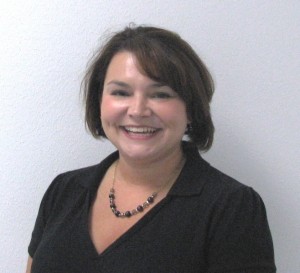
Before you sit down to a meal, do you think about what goes on your plate, or in your cup or bowl? The United States Departments of Agriculture and Health & Human Services certainly think you should, and the LSU AgCenter recommends it as well. Foods such as vegetables, fruits, whole grains, low-fat dairy products, and lean protein foods contain the nutrients you need without an excess of calories. The key is choosing the right foods, balancing food intake with physical activity, and not letting portion sizes get out of control. I’ll be the first to admit that it’s much easier said than done, but with a few helpful tips, you can be well on your way to better nutrition and better health.
Balance Calories – find out your personal daily calorie allowance as the first step to managing your weight and being healthy. You have to balance the amount of calories you eat with the amount of calories you burn, so physical activity is critical to a healthful balance.
Enjoy Your Food, But Eat Less – Take time to fully enjoy your food when eating. If you are watching television or working at the computer while eating a meal, you are not paying attention and this can lead to consuming too much. Pay attention to hunger and fullness cues before, during, and after meals. Eat slowly – the old rule of thumb is to take 15 to 20 seconds to chew each bite of food.
Avoid Oversized Portions – When you eat out, choose a smaller size portion, even it if means ordering off of the kids menu. If this is not an option, share a dish, or take home part of your meal in a “to-go” box. Portioning out and measuring foods before putting it on the plate can also be very helpful.
Foods To Eat More Often – Eat more vegetables, fruits, whole grains, and fat-free or 1% milk and dairy products. These foods contain essential nutrients such as potassium, calcium, vitamin D, and fiber. Try to include them in your choices for both meals and snacks throughout the day.
Make Half of Your Plate Fruits And Vegetables – Eating a rainbow is not just something we preach to kids. We all need to choose red, orange, and dark-green vegetables like tomatoes, sweet potatoes, and broccoli along with other vegetables for our meals. Add fruit to meals as part of main or side dishes or even as a dessert or snack.
Switch To Fat-Free or Low-Fat (1%) Milk – Notice I didn’t say anything about 2% milk, which is still high in fat. Aim for skim or 1% to really make a reduction in your saturated fat intake. They have the same amount of calcium and other essential nutrients as whole milk, but fewer calories and less saturated fat.
Make Half Your Grains Whole Grains – Substitute a whole-grain product for a refined product. The simplest example would be eating whole wheat bread or brown rice instead of white bread or white rice. Pay special attention to food labels when it comes to whole grains – labels can be very deceiving. Make sure the first thing listed in the ingredients list is a whole grain, with terms such as “whole wheat”, “whole meal”, or “whole corn”.
Foods To Eat Less Often – We all know that if we categorize a food as “bad” or “off limits”, we just want it even more. Don’t do this. Cut back on foods high in solid fats, added sugars and salt. Use these foods as occasional treats, not foods you eat on a day to day basis.
Compare Sodium In Foods – Use the Nutrition Facts label to choose lower sodium versions of foods you commonly eat. Soups, breads, and prepared meals all come in low sodium versions and are easy to find at your local grocer. Restaurant foods are often high in sodium, so if you make a point to eat out less, you can reduce sodium intake easily.
Drink Water Instead of Sugary Drinks – Cut calories by drinking water or unsweetened beverages instead of soda, energy drinks, and sports drinks which are a major source of added sugar, and excess calories in American diets.










